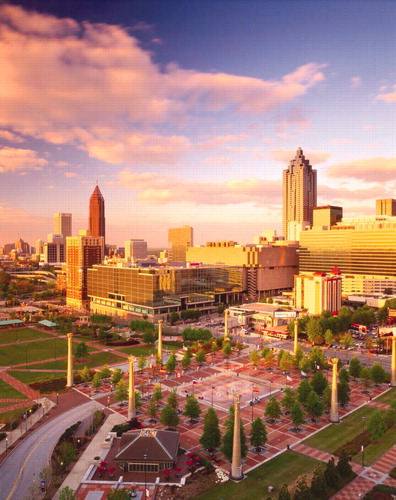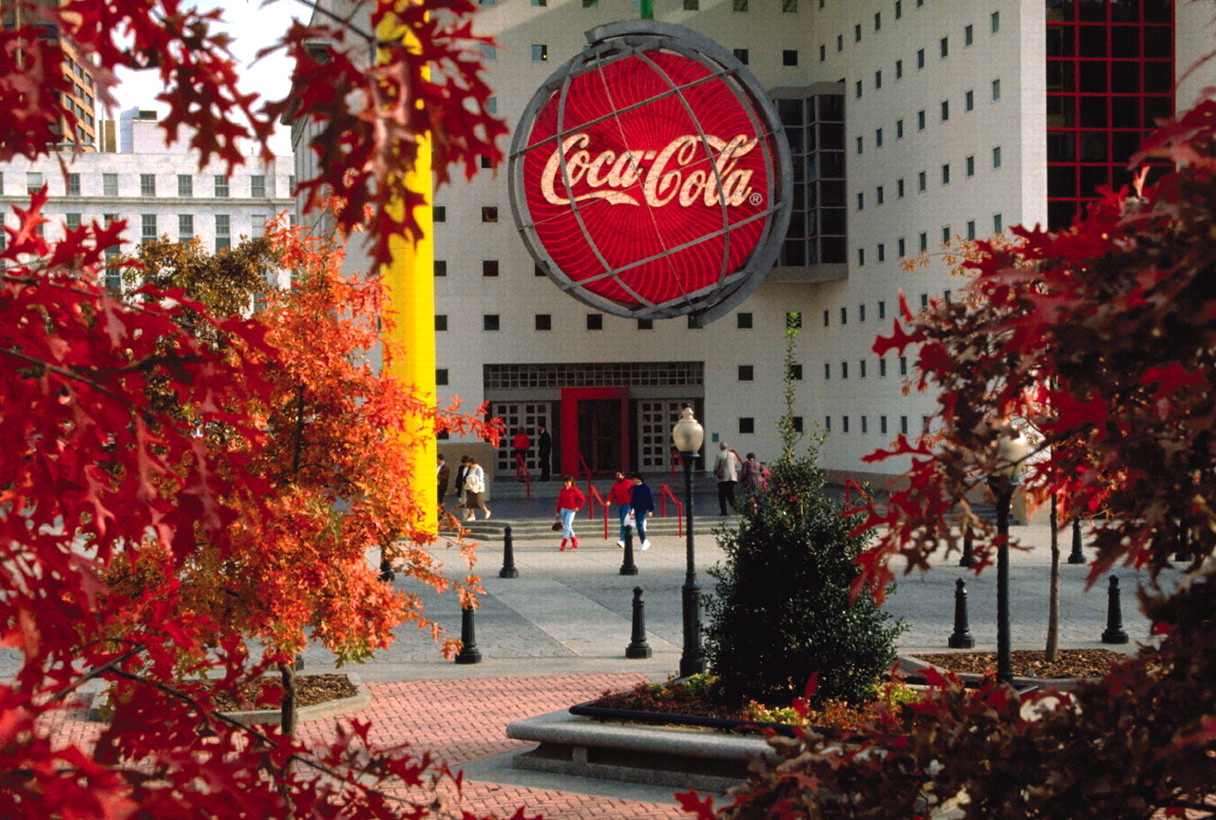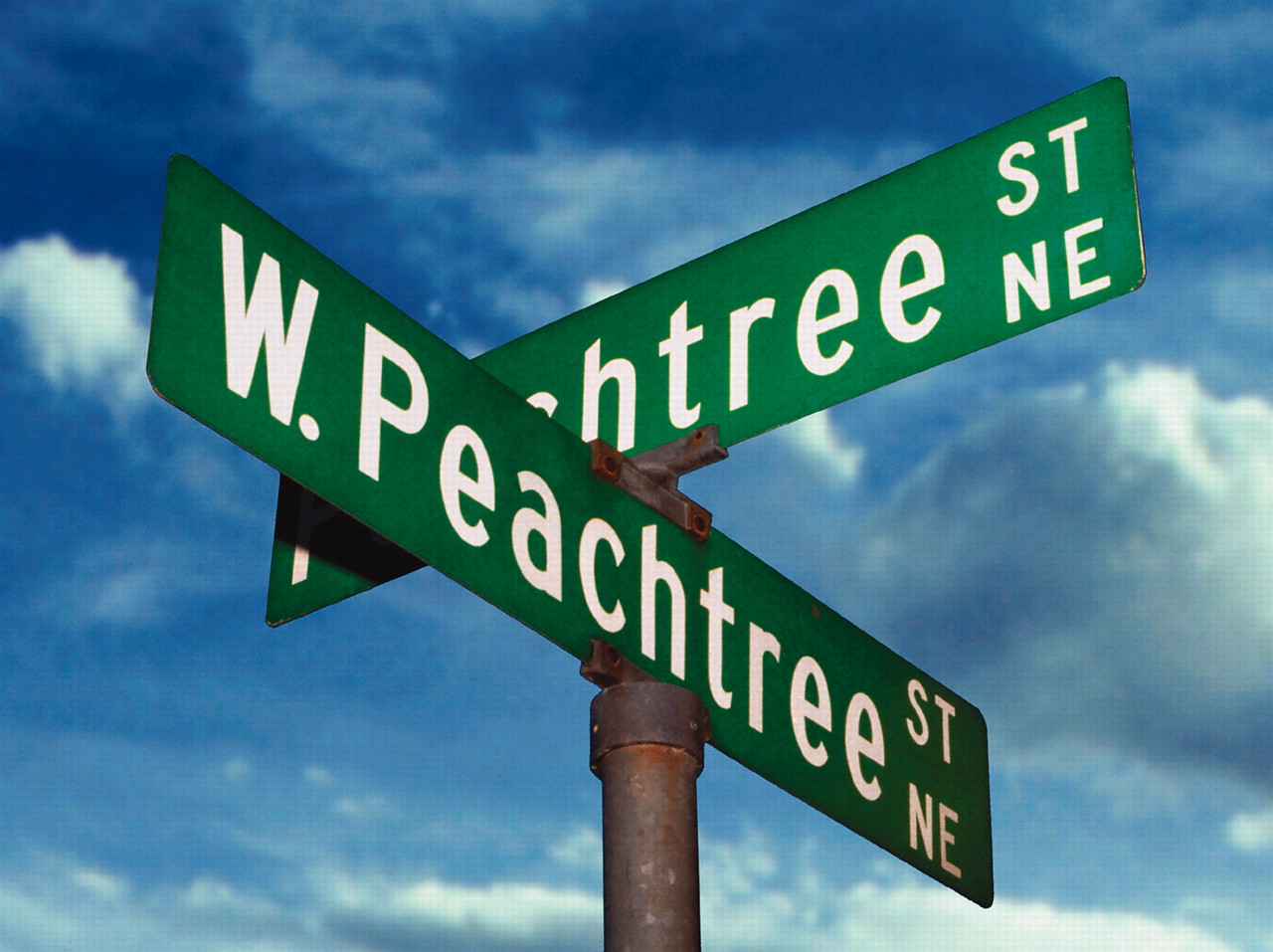Take the Pause That Refreshes While Attending APA's Institute
What brings about more nostalgic sighs than those wrought-iron Coca-Cola chairs or a plump Santa chugalugging a bottle of Coca-Cola?,


Yes, we're talking about memorabilia of that world-famous brew—Coca-Cola.
And where can you see, touch, and catch whiffs of such ancient treasures? At the World of Coca-Cola in Atlanta, when you are in town for APA's Institute on Psychiatric Services.
It all started in 1886 when a Philadelphia-educated pharmacist and Atlanta resident named John Pemberton decided to enter a local market for soda fountain tonics that promised health benefits of one kind or another. He concocted a drink from the extracts of the coca leaf and kola nut, both stimulants, a combination that wasn't changed until 1905.

During APA's institute, the World of Coca-Cola will be open Monday to Saturday, 9 a.m. to 5 p.m. and Sundays 11 a.m. to 5 pm
©1996, Kevin C. Rose/AtlantaPhotos.com
The resulting potion was a thick, caramel-colored syrup that was supposed to help a person's brain and nerves function better. He poured some of the syrup into a jug and took it to Jacobs Pharmacy in Atlanta, and the pharmacy then made a fountain drink of the syrup by mixing it with water. The drink was sold to customers for a nickel a glass. Coca-Cola was born.
By the end of 1886, Pemberton had sold 25 gallons of Coca-Cola for a sum total of $50. In 1887, because of his poor health, he started to sell off his Coca-Cola company. By 1891 a druggist and businessman named Asa Candler had acquired total control of it. In 1893 Coca-Cola became a patented product in the United States. In 1919 Candler sold the company for $25 million to a consortium headed by an Atlanta businessman named Ernest Woodruff.
As the 20th century moved on, Coca-Cola became a much-sought-after beverage not only in the United States but in many other countries as well. Today Coca-Cola is the world's most popular soft drink. Cokes can be purchased in more than 200 countries across the globe, and Cokes are served nearly one billion times a day.
In 1990 the Coca-Cola Company opened a museum designed to celebrate its world-famous soft drink. The museum, called the World of Coca Cola, is located in the tourist area of Atlanta, adjacent to Underground Atlanta; it is very close to where the first Cokes were sold in Jacobs Pharmacy.
The museum consists of a three-story pavilion, where visitors can move at their own pace through exhibit galleries. There are fascinating Coke memorabilia, radio and television ads, and a fanciful Coke-bottling process. An old-fashioned soda jerk demonstrates how an early Coke was prepared.

©1996, Kevin C. Rose/AtlantaPhotos.com
You can visit “Tastes of the World,” an international sampler of soft drinks distributed by the Coca-Cola Company outside the United States. There is even a futuristic soda fountain.
The World of Coca-Cola is located at 55 Martin Luther King Jr. Drive. The phone number is (770) 578-4325, and its Web site is<www.woccatlanta.com>.▪



